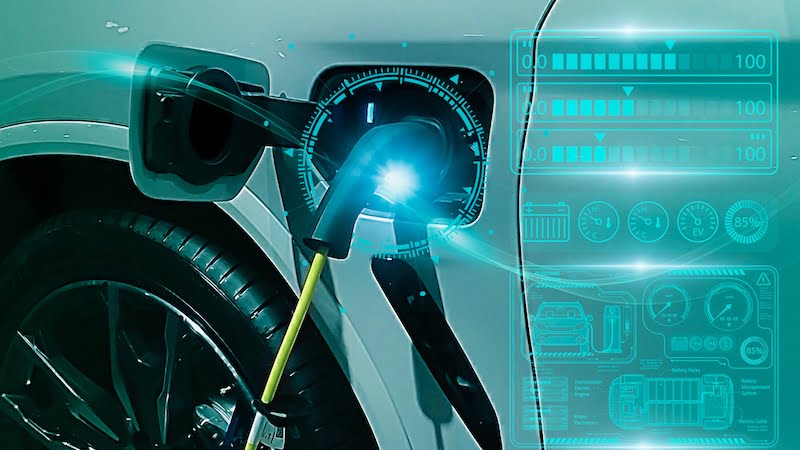
Hybrid vehicles are considered a bridge between conventional combustion engines and pure electric cars. They promise lower fuel consumption, flexibility and lower emissions. But how does a hybrid car actually work?
While environmentally conscious people are increasingly opting to buy an electric car, others continue to value independence from combustion engines. However, those who want to travel emission-free on short journeys can also opt for a hybrid car.
The vehicle type is now offered by almost all common manufacturers in various classes. There are currently around 30 million hybrid models on the road worldwide. In Germany, around 27.3 percent of new registrations are for the station wagon variant. Between January and July 2024, around 533,400 cars with hybrid drives were registered in this country – and the trend is rising.
How does a hybrid car work?
The term “hybrid” means “a structure made up of two or more components”. In vehicles, this means that the engine combines two different drives. The most common combination at present is an electric motor with a combustion engine. There are different types of hybrid vehicles, but the most common are full hybrids, mild hybrids and plug-in hybrids.
Basically, a hybrid car runs on electricity. The basic idea is to combine the advantages of the electric and the combustion engine so that the overall system works as efficiently as possible. The electric motor is used primarily on short distances.
With a high torque, it supports the combustion engine and simultaneously charges the battery while driving. It also starts the petrol or diesel engine. Excess energy is stored in a drive battery.
The combustion engine provides support on longer journeys. This gives the hybrid car additional range and enables higher speeds. An integrated control system automatically decides which drive is activated depending on the driving situation.
How the individual hybrid types work
Full hybrid-Vehicles with an output of more than 20 kilowatts are able to run purely on electricity. However, they cannot be charged via a cable. Instead, they need electricity from energy recovery during braking – the so-called recuperation.
Also Mild-Hybrid-Models are self-charging vehicles. However, the torque of the electric motor and the battery power are not enough to drive the car alone. The electric motor only supports the combustion engine to increase performance.
Plug-in-Hybride are not solely dependent on the excess energy from braking. They can also be charged via cable. They also have a much more powerful electric motor and a larger battery than full hybrids.
The advantages and disadvantages of hybrid cars
Hybrid cars currently offer more flexibility than pure electric cars. The combination of electric and combustion engines means they can cover longer distances if necessary and reduce their fuel consumption and thus CO2 emissions. The environment benefits from this, especially in city traffic.
There is criticism, however. For example, the Fraunhofer Institute found that newer hybrid models deviate significantly from the actual test cycles in terms of fuel consumption and emissions increase. In addition, the station wagons are often more expensive to purchase due to their complex technology.
As with other battery-powered products, production requires rare earths and a lot of energy. The environmental impact of battery production is therefore not without problems.
Also interesting:
Source: https://www.basicthinking.de/blog/2024/08/22/wie-funktioniert-ein-hybrid-auto/


